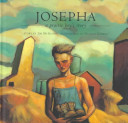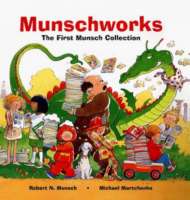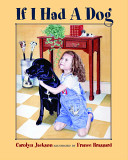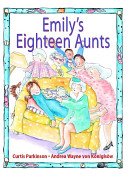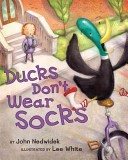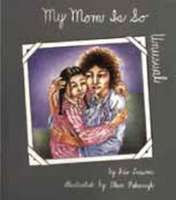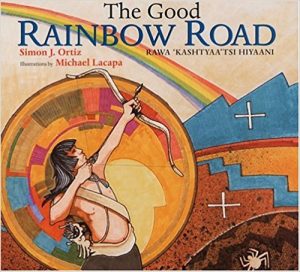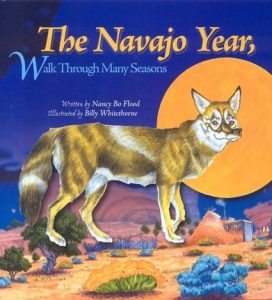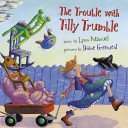
A sweet, read-aloud story of friendship for dog lovers everywhere in a tale about the relationship between a lonely person and a homeless pet that offers laughs and sincere emotion. Tilly Trumble collects chairs, but she’s still looking for the perfect four-legged, scruffy old thing to fill the space by the fire. When a scruffy dog arrives and doesn’t want to leave, Tilly finds the perfect companion for her chair collecting, sausage eating, and star gazing. Dog owners especially will find warm satisfaction in this story of a pooch who teaches his human friend a lesson in love, loyalty, and furniture arranging.

